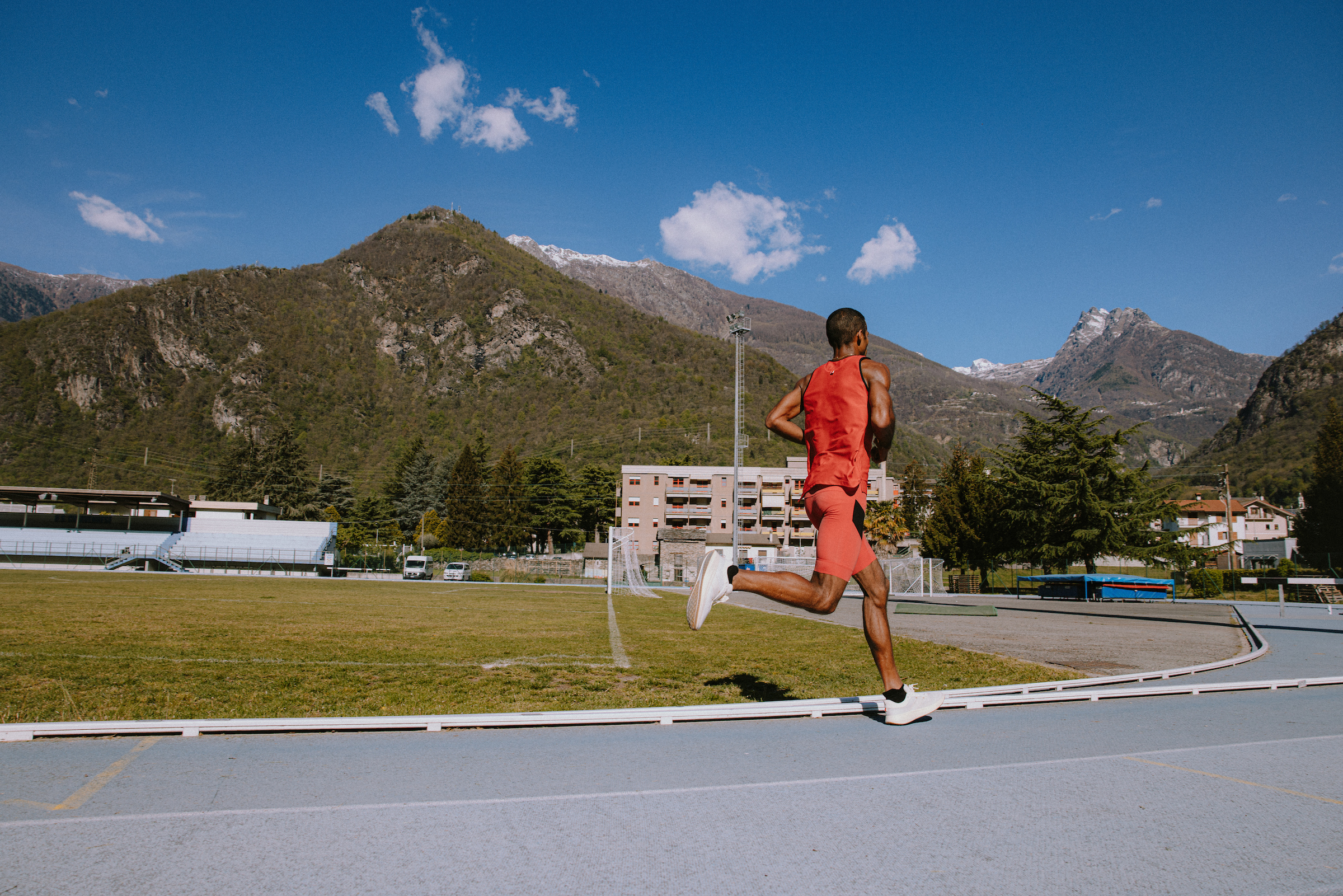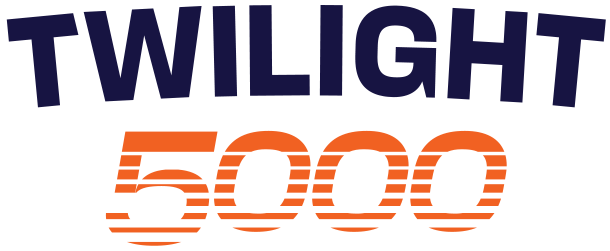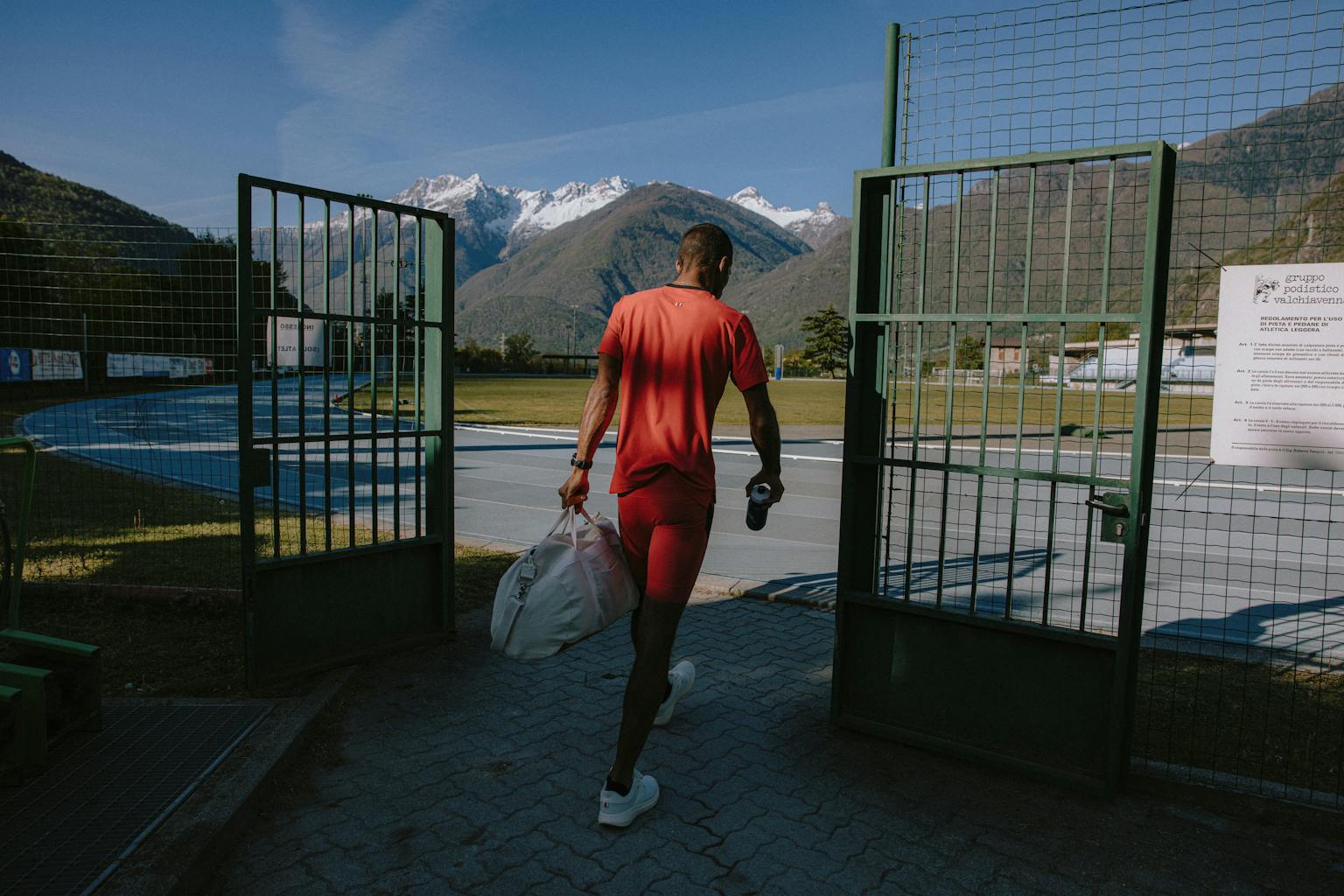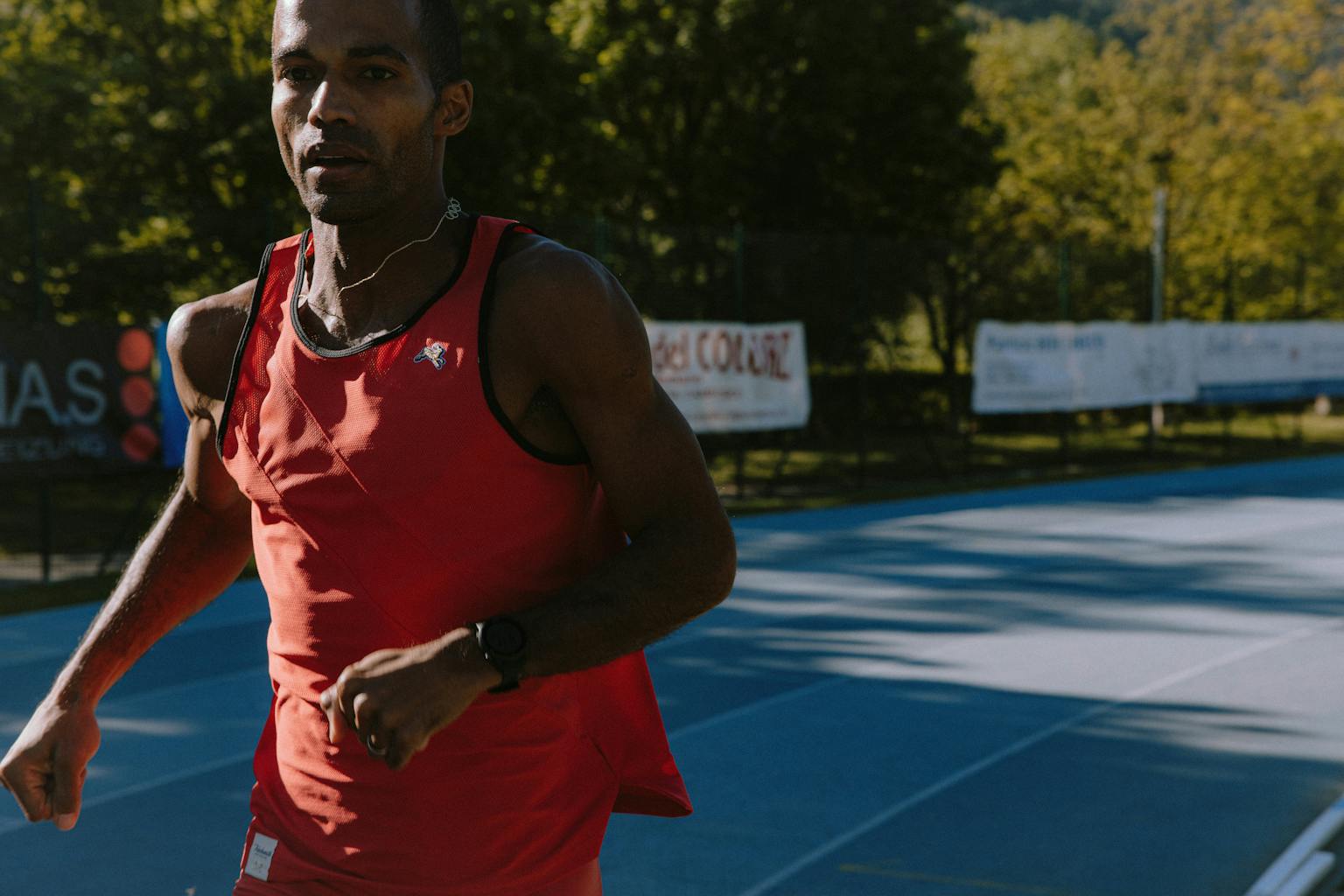
Marathon to Mile
and Back
Summer racing, training, and personal growth
Words by Andy Waterman
IT WAS THE FRENCHMAN Michel de Montaigne (1533-1592) who invented the concept of the essay. The word comes from the French ‘essayer’ – to try – and describes a piece of writing that can be best thought of as a flirtation with a different way of thinking, rather than a wholesale commitment to a new ideology. It’s trying on the outfit of a new thought in a store’s dressing room and picturing yourself wearing those clothes in different situations: how does the world look to a person who wears white jeans or a black turtleneck?
This short essay is an exhortation to take a Montainesque approach to running too – to flirt with different disciplines and dwell upon the experiences. Because whether you’re a miler or a marathon runner, running is a broad church, and every denomination has something unique that we can appreciate, cherish, and learn from to make us more intellectually curious, athletically versatile and physically resilient as lifelong runners.
THE AMERICAN PHYSIOLOGIST, Professor Michael Joyner of the Mayo Clinic has boiled the intricacies of running training down to a memorable 5-7-5 haiku. It goes:
Run a lot of miles,
some faster than your race pace,
rest once in a while.
It’s simple, it’s precise, and it allows ample room for creativity, individuality and experimentation. I think it’s strangely beautiful. It’s also entirely true.
Training volume is the best predictor of performance. If you want to be the best runner you can possibly be over the aerobic distances (which for argument’s sake, let’s call 1500m and above – where the majority of energy is produced aerobically) you absolutely need to cover a lot of ground in some shape or form. Running a lot of miles is the primary step towards becoming a better runner and no amount of hacks, supplements or courage can make up for a lack of basic mileage.
It’s not until we’re calloused to the rigors of daily running and approaching the volume of training where non-runners start expressing concern for the health of our knees, that most runners begin to add some intensity: running at a pace that’s close to or faster than race pace. But what is race pace? Marathon pace is likely more than a minute-per-mile slower than an all-out mile. The second line of Joyner’s poem again allows a huge amount of space for personalization and experimentation.
Of course, the real secret to any training regime is to remain injury free, engaged and happy for long enough for positive changes to compound in-line with consistency. That’s where rest comes in. Maybe you start with two rest days per week and progress to only requiring two rest days per month? Whatever. The trick is to ease off the gas before you’re derailed and put out of action for weeks or months on end.
At some point, most of us fall into a weekly cycle of training. There may be better ways to arrange it, but if you’re required to work Monday through Friday with weekends off, chances are a nine or 11 day cycle is going to be hard to stick with. Instead we slip into the routine of a repeatable week and those weeks look similar whether we’re training for a mile or a marathon: with available time as the limiting factor for most amateurs, the differences amount primarily to priorities. For example, if you’re training for a marathon, the Sunday long run is the priority session of the week whereas if you’re training for the mile, perhaps Saturday becomes a day for hill reps, leaving Sunday’s long run something of an afterthought – an opportunity to socialize and see a world beyond the track. But mileage? The Norwegian 1500m specialist Jakob Ingebritsen reportedly runs 180km/week while the Kenyan Marathon GOAT Eliud Kipchoge clocks 200km, meaning the Norwegian runs 90 percent of the mileage to race 3.5 percent of the distance. If you’re looking for an easy life, don’t think you’re going to find it by racing shorter distances.
But that’s not why we race shorter distances. In 2022 I ran two marathon PRs including one at Berlin. Those marathon weekends were enjoyable, but the races themselves were eclipsed by the experiences I had racing the mile and the 10,000m over a summer of track racing. Firstly the mile: it was July 20th. I’d woken up that morning to discover Jake Wightman had won the World Champs 1500m and watching him put the favorite, Ingebritsen, on the back foot with 300m to go was inspiring. I lined up in my race and once the gun fired, I slotted into the back of the pack; a lot can happen in four laps, you don’t need to let the cat out of the bag on the first lap. At 500m I moved out into lane two and leapfrogged to the next group as people who had started too fast found reality catching up with them. On the next straight I repeated the move, and then held tight, to the bell, summoning my energy to move out again at 300m to go. I started pumping my arms and my knees, passing a couple, and getting into the slipstream of another guy, running at a pace and an intensity I didn’t know was possible for my old, slow legs. And yet with 150m to go, I found another gear. Not enough to pass him, but enough to not be passed by anyone else. Precisely five months after a marathon PR, I’d broken five-minutes for the mile for the first time in 4:54, and the sensation was incomparable. To feel strong and fast and competitive for under five minutes, and to finish flushed with lactate and adrenaline is so utterly different to the longer races as to almost feel like a different sport, despite being so reliant on the same training.
Running is often described as a simple activity, but that simplicity belies the subtle shifts of emphasis and tactics that come into play when we step out of our comfort zones. As marathoners we may feel comfortable calculating 5k splits on the fly, or reassessing our calorie requirements if we drop a gel, but could we with any certainty tell the difference between a 73s lap and a 76s lap? These are the kinds of skills that require practice in a racing situation and, for me at least, provide a welcome shift of focus after a marathon build. Running training may be a largely physiological problem, but racing over any distance is a skill, with intricacies and issues that aren’t fully apparent until you toe the line and try.
We all suffer a fear of the unknown, and in running, that fear most often relates to the suffering we will experience if we step out of our comfort zones. “Hitting the wall” sounds so much more dramatic than the boring reality, which is more like an electric car limping home on its last bit of battery. Michel de Montaigne once wrote that: “He who fears he shall suffer, already suffers what he fears.” In running as in life, the only way to overcome suffering is to confront our fear, taking confidence that even if our training isn’t strictly tailored to this event, it overlaps 90 percent. If you’re a marathoner or even an ultra-marathoner, tempted by longer and longer distances as you age, you’ll be surprised at how much you enjoy the mile, the 5000, or even the 800m. It’s running, but not as you knew it.
This summer Tracksmith is promoting a series of track events around the world. If you haven’t entered the Amateur Mile or the Twilight 5000 yet, there’s still time.

This year sees the fifth running of the Tracksmith Twilight series of summer races. Twilight meets have a long history in New England with the first ever twilight meet held at Northeastern University in 1988. Unlike an invitational or club championship, where points are tallied on a team basis, Twilight meets are about racing for yourself, sometimes anonymously. Runners show up to the line without affiliation, which means everyone is a possible dark horse. These races provide a low-pressure opportunity to ditch the bright colors and giant logos and fly under the radar.
What began as a low-key 5K on the esplanade in Boston has grown to become an international series of track meets featuring the same accessible distance and the same incredible grassroots vibe, with paced races for runners of all abilities in 18 cities across the US, Mexico, Canada, and the UK. Whether you're stepping down in distance from a spring marathon or if track is your focal point this year, these races bring out the best of the running community: competition, camaraderie, and fast times under the lights. Be there!



